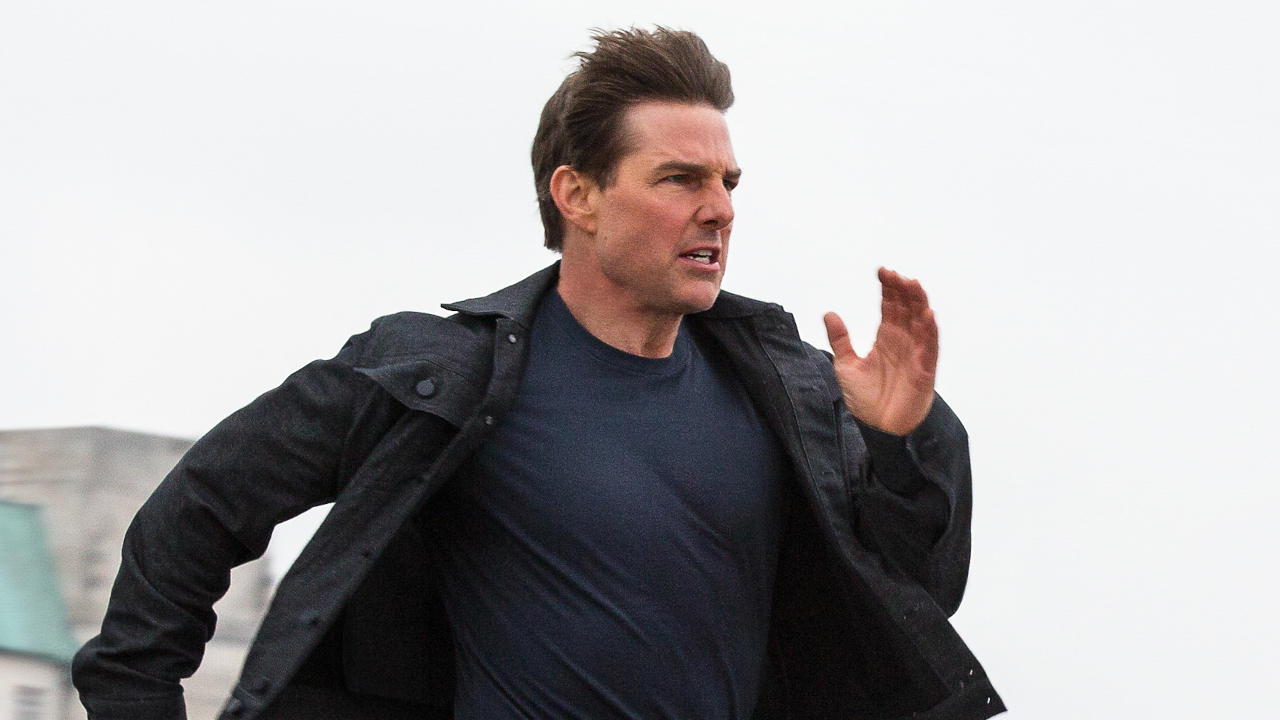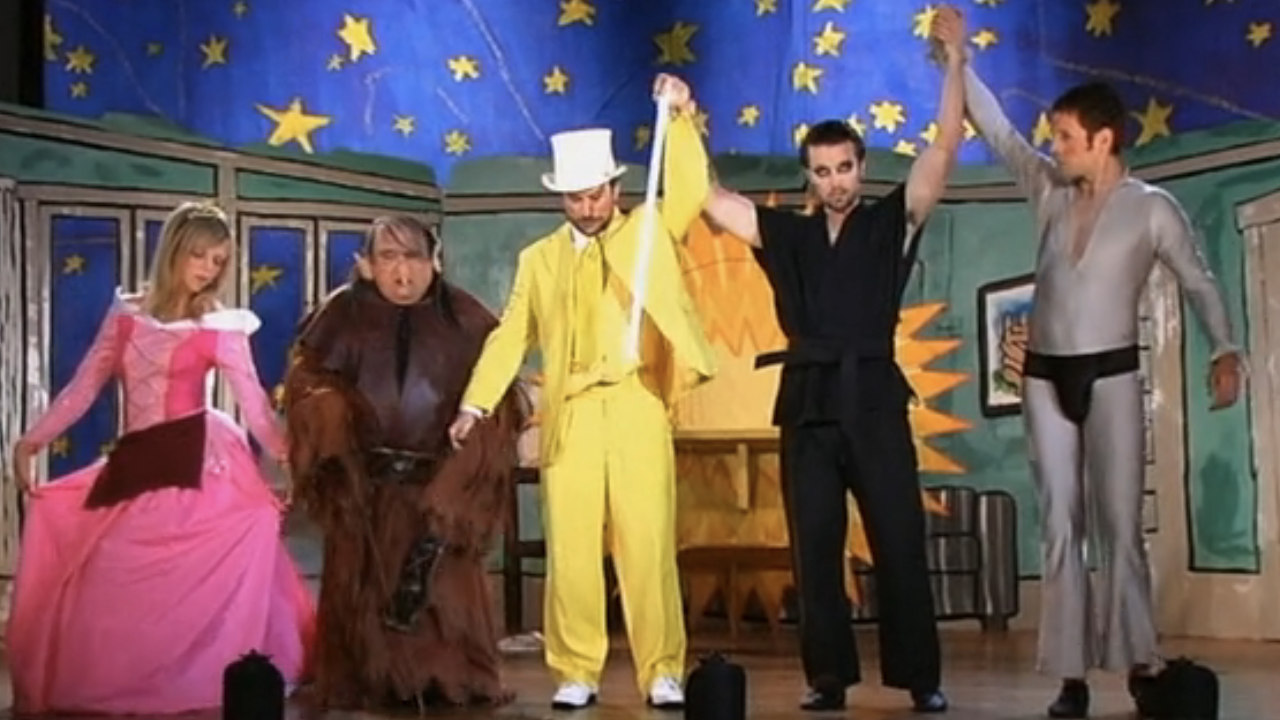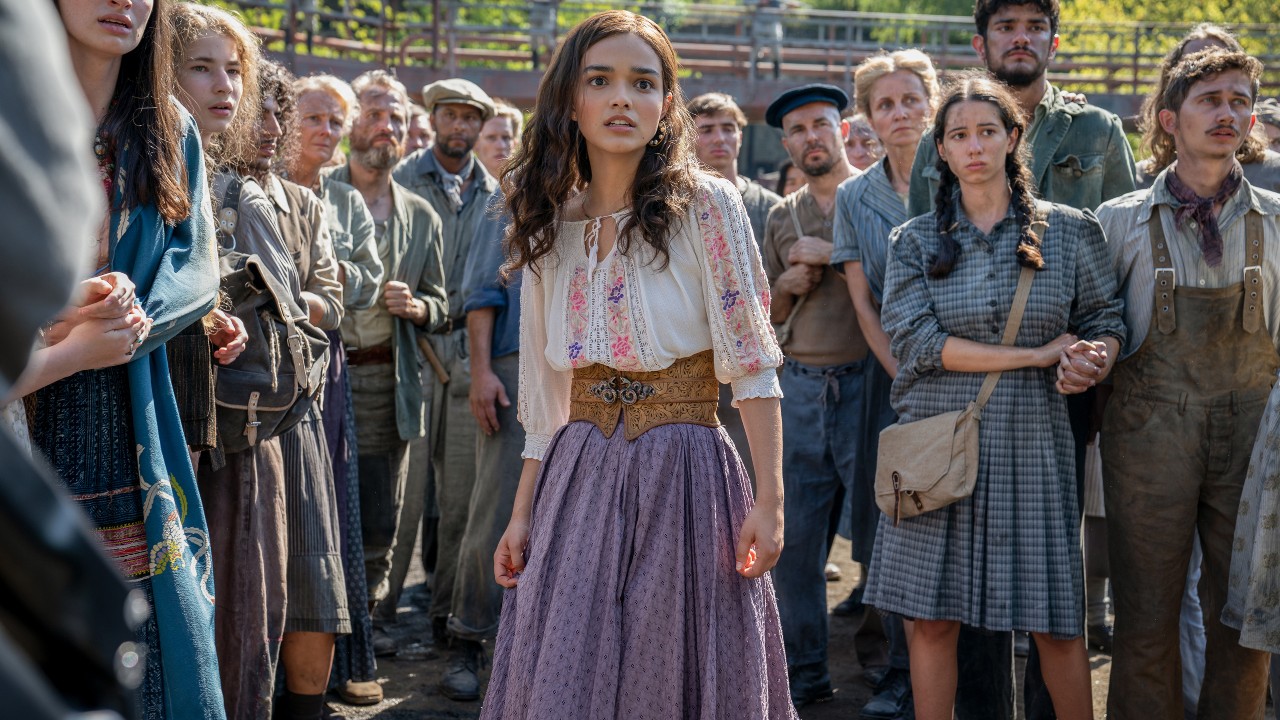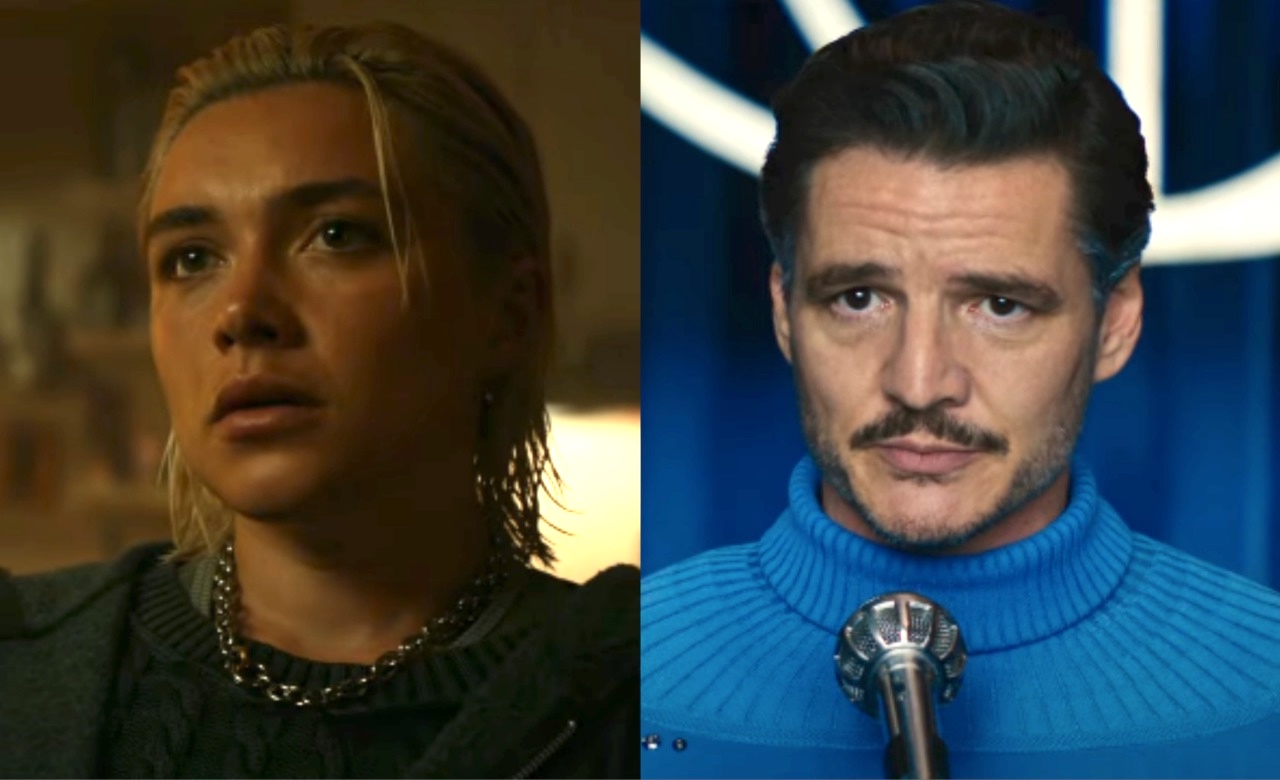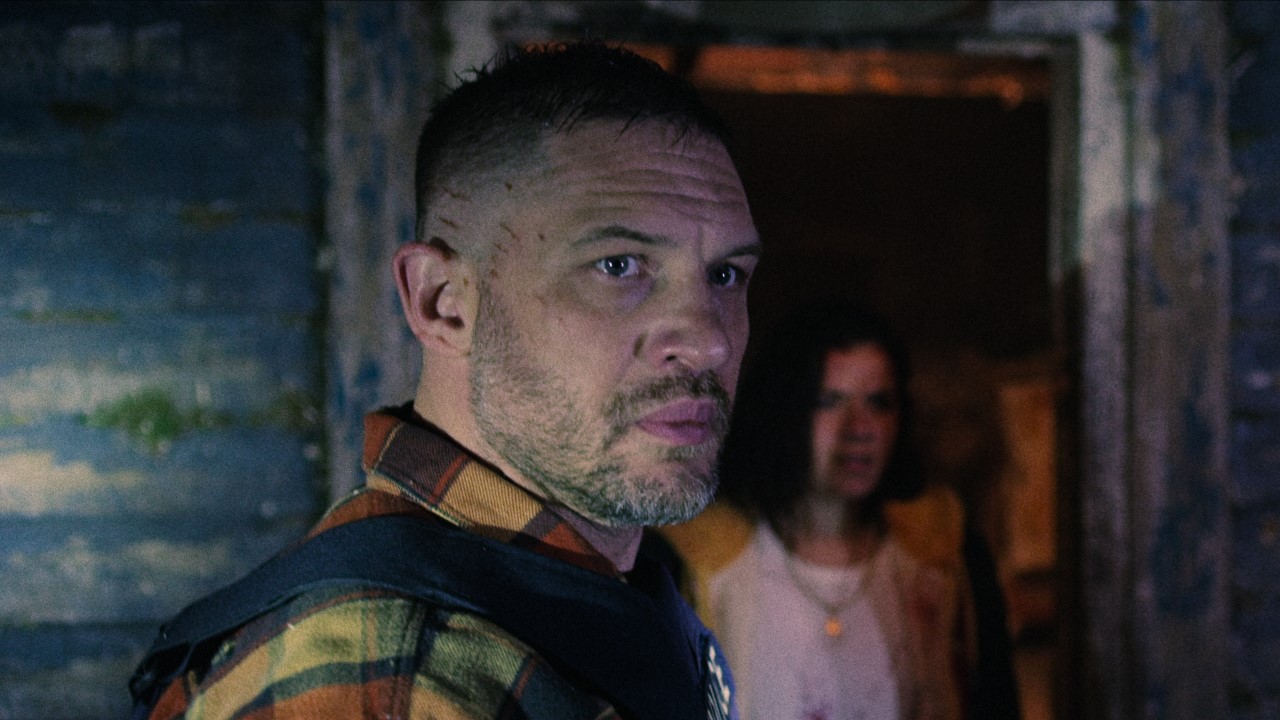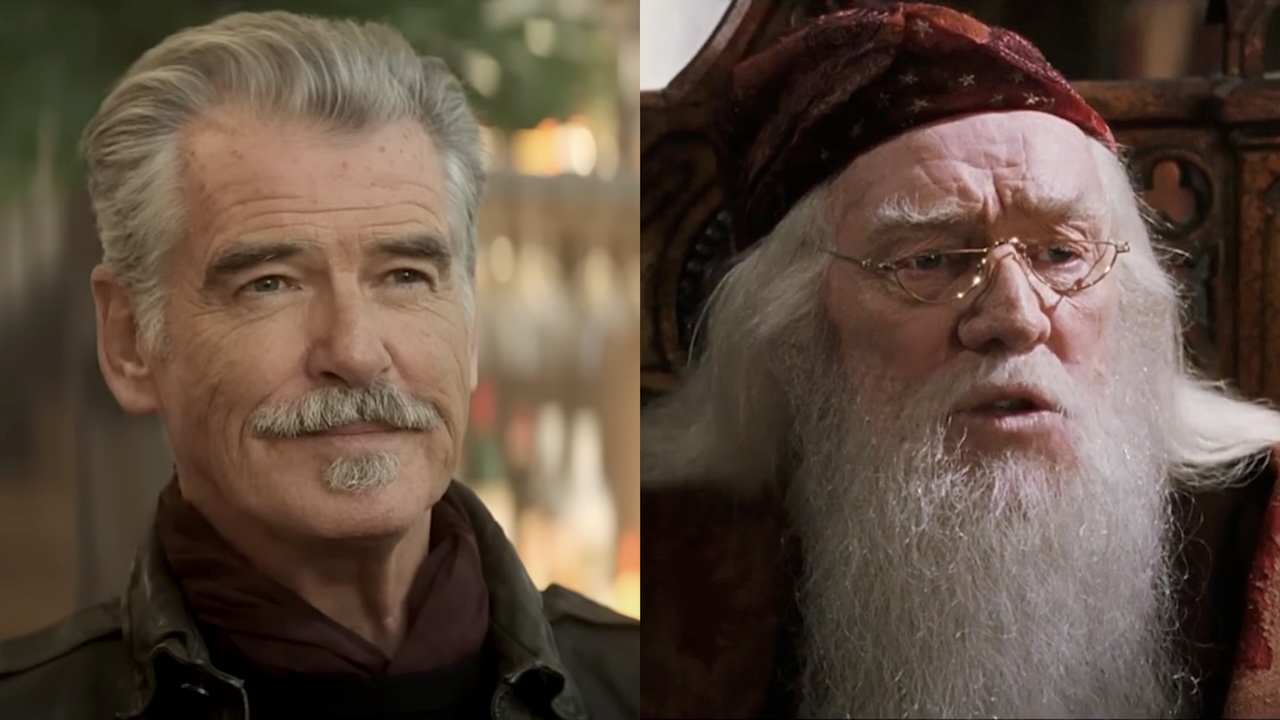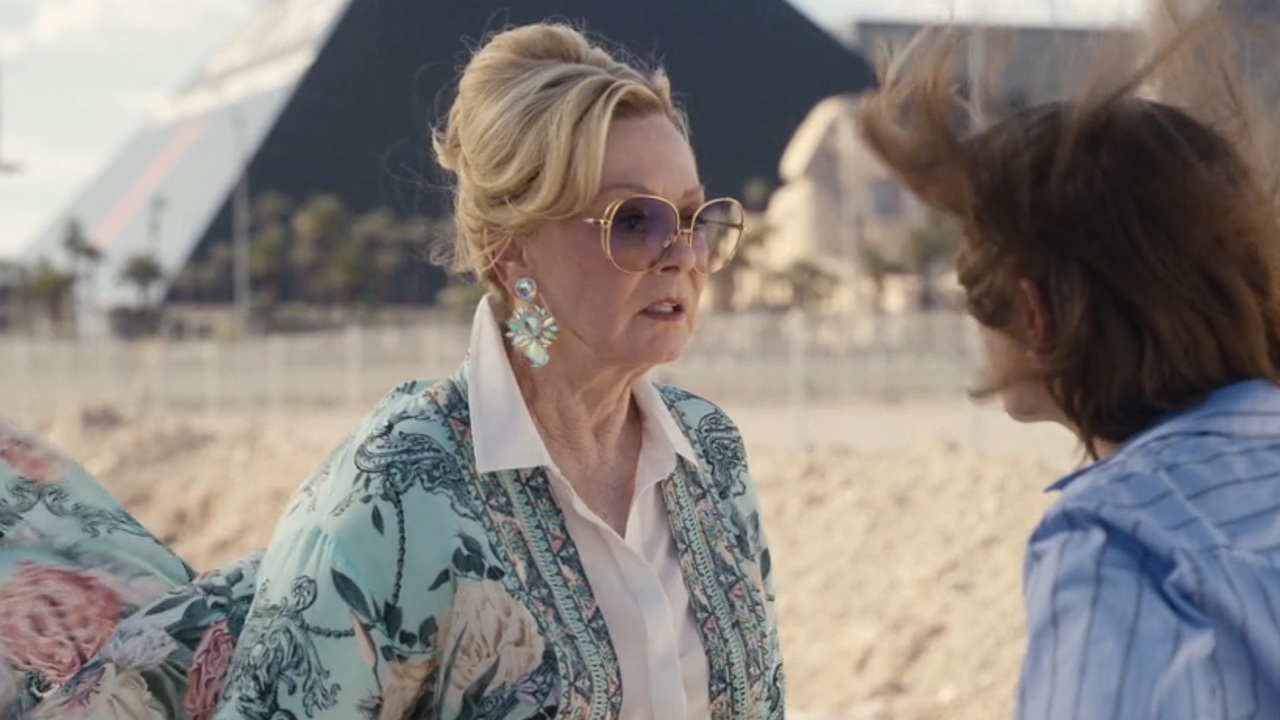Is The Crash Bandicoot Remaster Harder Than The Original? Here's What We Know
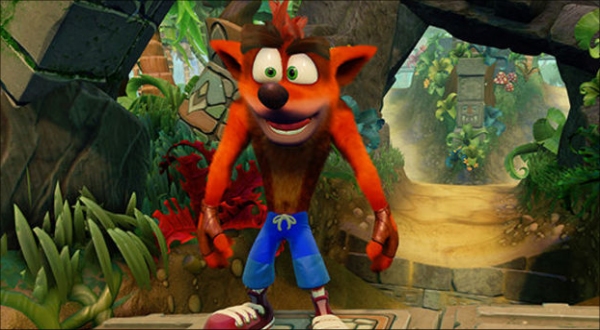
Vicarious Visions' take on Crash Bandicoot N. Sane Trilogy has been met with some praise, some criticism, some scorn and some comparisons to the original trilogy on the PlayStation One, because some people think that it might be harder than the 20-year-old platformers originally were.
Polygon collected a number of different sources and feedback on the situation, reporting that some gamers have found that the controls and mechanics of Crash Bandicoot N. Sane Trilogy aren't quite on par to what they were in the original game on the PSX.
PlayStation 4 gamers have been reporting that Crash and Coco, the two playable characters in the game, have been slipping and running into problems with the platforming in the original Crash Bandicoot game. Some people thought that it was because Vicarious Visions limited the frame-rate to only 30fps. However, keep in mind that the original Crash Bandicoot ran at sub-30fps on the PSX, and in some cases would drop down even further. While this issue could affect input latency and response timing, it turns out that the frame-rate was actually not the issue and it was something a bit more ingrained to the game's mechanics.
According to Polygon, one user on Twitter managed to do a side-by-side comparison to show the difference in physics and why this issue is occurring during gameplay.
On Twitter, the user DingDongVG did a side-by-side comparison showcasing that the physics is what changed between the new game and the old one.
In the comparison, we can see that crash has a consistent float variable when jumping, ensuring that he jumps and lands at a constant rate. If you notice in the remake of the game, Crash has more "realistic" physics, gaining height and distance off the start of the jump, while accelerating and gaining momentum from the fall, creating a slightly different physical variable to the way the character controls.
This is usually what's referred to as actor gravity deceleration. When you're making a character (or actor) in a game, most newer engines automatically have deceleration variables setup so that when a character jumps, their momentum accelerates, has a slight deceleration at the height of the jump, and then accelerates again on the fall. There's also momentum deceleration on landings, usually causing the character to slide to a stop instead of instantly stopping.
CINEMABLEND NEWSLETTER
Your Daily Blend of Entertainment News
In the old games Crash had no "momentum" variables so to speak, so he would start and stop on jumps and falls at a constant rate and usually start and stop instantaneously. In the newer game -- as pointed out by Polygon -- the Unity 3D game engine features physics-based variables, which has resulted in players slightly slipping off platforms, sliding off edges, and barely missing some platforms.
Additionally, some users pointed out that the collision box went from a rectangular design in the old games to a more "pill-shaped" design in the newer games, requiring slightly more precision to make jumps and land on platforms. It's amazing that sometimes newer technology can actually make older games harder based on their more "realistic" properties. Some players have had a tough time with Crash Bandicoot N. Sane Trilogy due to these changes, while others are quite welcoming of it. In a way, however, it has definitely made the game slightly more difficult for some players to adjust to.
Staff Writer at CinemaBlend.
Hacks Went Back To Vegas, And It Made Me Miss The Old Seasons For One Big Reason
Tom Cruise's Running Style In The Mission: Impossible Films Is Iconic, And Apparently, It's Connected To One Of His Outsiders Co-Stars
Somebody Actually Used It’s Always Sunny In Philadelphia’s Musical To Propose, And It’s Weirdly Sweet

